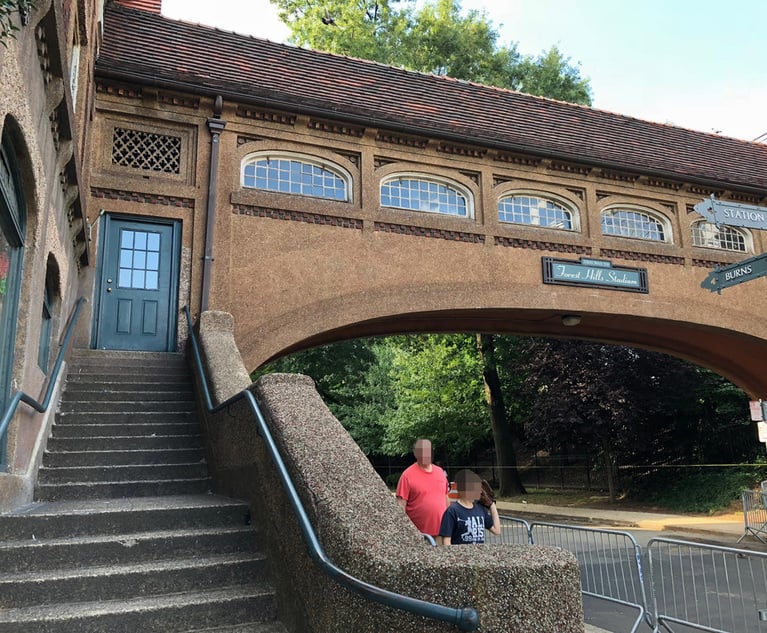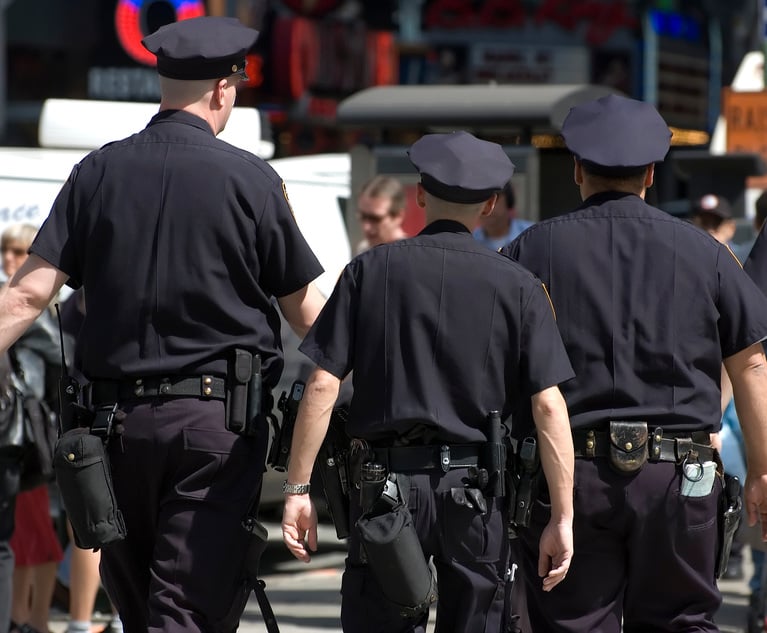New York’s “Rape Shield Law” is comprised of three statutes: CPL 60.42, enacted in 1975; CPL 60.43, enacted in 1980; and CPL 60.48, enacted in 1994. See Guide to New York Evidence Rule 4.20.[1] As to the scope of these statutes, CPL 60.42 precludes evidence of a complainant’s prior sexual conduct in a prosecution for a “sex offense” set forth in Article 130 of the Penal Law; CPL 60.43 extends the evidentiary shield provided in 60.42 to a prosecution for “any offense” set forth in the Penal Law; and CPL 60.48 prohibits evidences of the complainant’s manner of dress at the time of the commission of a charged sex offense as set forth in Article 130 of the Penal Law.
These statutes emerged to curtail or otherwise overrule New York’s common law that permitted the admission of evidence of the past sexual behavior of the complainant in a sexual assault prosecution to establish the complainant’s unchaste character. The common law viewed such evidence as relevant, e.g., making it more probable that the complainant consented to the underlying act. As noted by the Court of Appeals: “The statutes put to rest the now discredited rationale that a victim’s past ‘unchastity’ is probative of present consent and recognized that such evidence is typically of little or no relevance and may seriously prejudice the prosecution of sex crimes.” People v. Williams, 81 N.Y.2d 303, 312 (1993). Commentators similarly noted the driving force behind the creation of those laws, with one commentator observing that “legislators concluded that it was illogical to assume that the complainant consented to sexual intercourse with the defendants, or was more likely to lie under oath simply because [the complainant] had previously consented to sexual intercourse with someone else.” Anderson, From Chastity Requirement to Sexuality License: Sexual Consent and a New Rape Shield Law, 70 Geo. Wash. L. Rev. 763, 764 (2002).


 Michael J. Hutter
Michael J. Hutter




